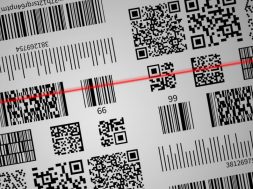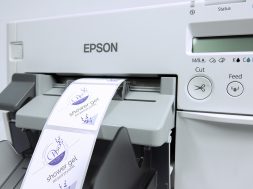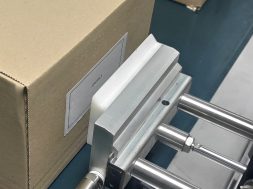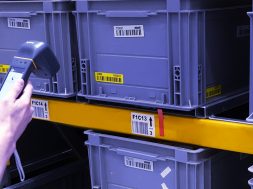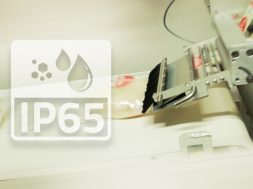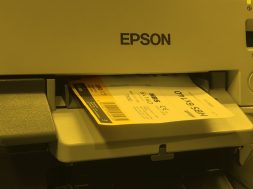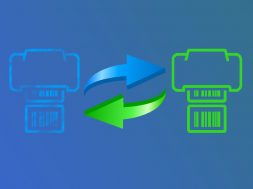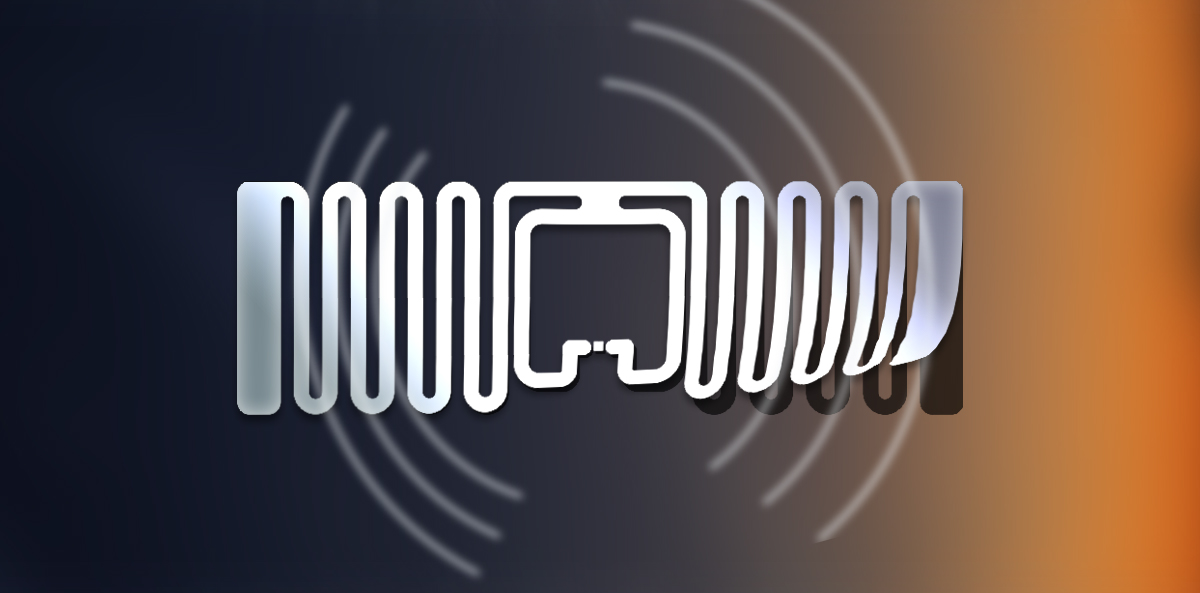
Trends in RFID solutions
New technologies are applied in every area of the company’s activity
The beginning of the year is usually a period of planning and looking ahead, as well as summarizing the past year. Similar plans and perspectives were also presented at industry events, meetings and conferences organized by RFID technology providers at the turn of the year. These included the largest European RFID event, the annual RFID & Wireless IoT Tomorrow conference in Germany.
Inventory with the use of RFID solutions
A series of meetings and discussion forums showed what is happening in this field. They also show the direction in which the eyes of both solution providers and end users are directed.
For years, one of the most frequently used applications is, of course, inventory. Both as a basic functionality and as part of a larger solution. You don’t have to convince yourself that what counts here is not only the speed with which we can make it, but also the additional benefits. Quick identification of deficiencies or information about overdue goods gives the possibility of immediate reaction. As a result, it comes down to increasing the availability of goods for customers, or getting rid of the cost of storing materials and goods.
How to manage packaging more efficiently?
The above mentioned functionality in combination with Returnable Transport Items (RTI) registration is an increasingly common application among customers in various industries. Accurate tracking of pallets, crates, containers allows not only for more efficient packaging management. It is noteworthy that it optimizes their use and monitors movements. It also makes it possible to observe where such packages are ” overdue”. The great interest in RTI is noticeable practically in every industry. From the food industry (meat, bakery) to various other branches of industry. We are talking about tracking boxes, crates, various types of pallets and large containers. This also applies to the bottles, barrels and other less common returnable containers.
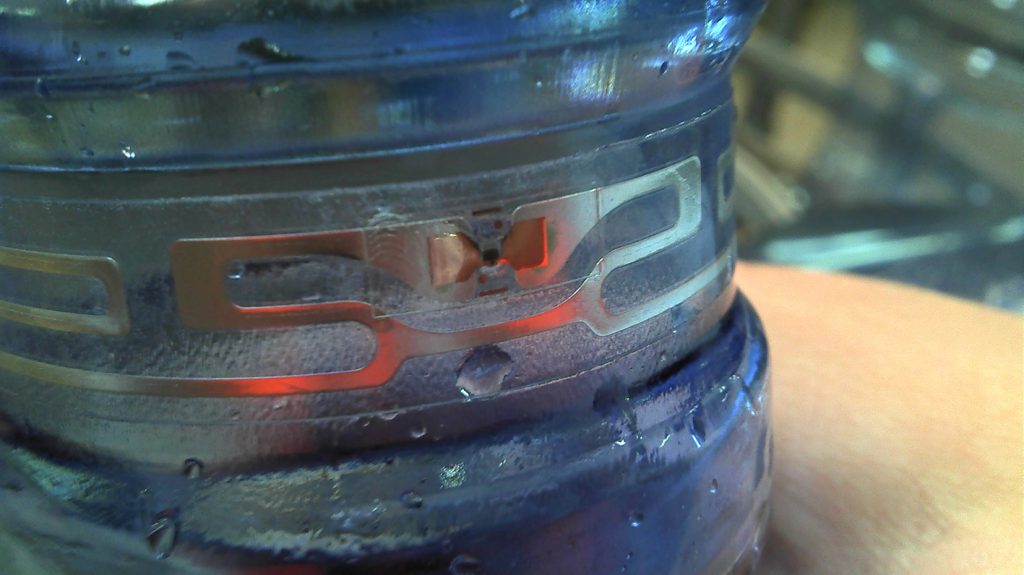
RFID tag on the product
Not only packaging is marked with RFID technology. The products themselves are also increasingly being marked in this way. This is not only the case when the final goods are placed on shop shelves. Although we meet them most often here, we also see them at the production process.
More and more focus is placed on product quality. That is why an increasing number of companies introduce in their factories advanced production tracking systems (traceability). Until recently, these solutions were based mainly on barcode labels. The price of RFID tags seemed to be a barrier. For obvious reasons, it is slightly higher than the price of traditional labels. A closer look at this type of solution allows us to notice that the new technology does not only replace codes. It also gives more possibilities that were not taken into account before.
Traceability of RFID production
Traceability of production is not only about serial production. They are also noticed by R&D departments of some companies, especially in the automotive industry. Tracking the use of subassemblies during work on prototypes allows for quick and accurate identification of used elements. Moreover, it influences the final shape of the new product.
The life cycle of RFID tags often does not end at the production stage only.
The RFID life cycle does not end at the production stage.
Both internal and external logistics also quickly recognise the benefits of RFID. Investment in new technology returns faster than was often assumed in the initial stages of projects. Error-free deliveries, quick product localization and proper picking are usually the primary goals of RFID systems.
In practice, it often turns out that not only the assumed goals are achieved. In addition, the implemented solution brings many unplanned added values. Examples may be e.g. shortened service time. As a result, it is possible to increase the number of operations. Certainly, also better availability of goods and resulting higher sales. Also less obvious benefits, such as fewer employee injuries. This is due to the fact that there is no need to turn around or move heavy objects in order to find a barcode. RFID does not require direct visibility of the label.
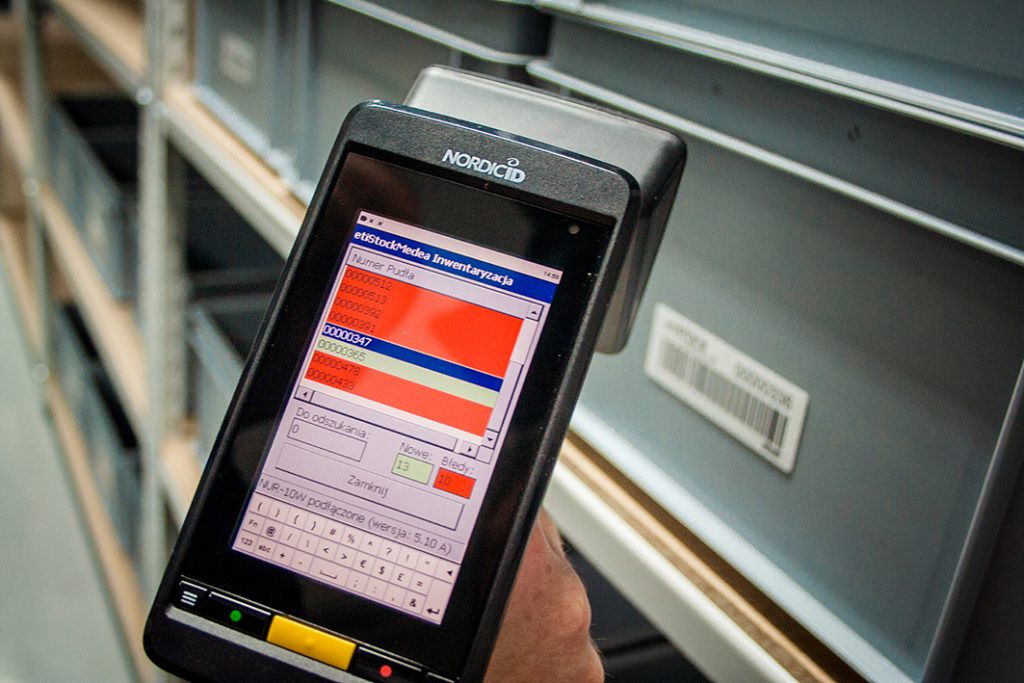
RFID tags in the aerospace industry
An excellent example illustrating the above cases are airlines investing a lot of money in this technology. Successful implementations are characterized by a quick return on investment and inspire the entire aerospace industry. Maybe soon we will not only not worry if our baggage will arrive with us. We will also be able to track its location at any time, and stickers or tags with codes will replace (in part this is already the case) RFID tags. More and more often we talk about placing tags directly in suitcases. This will additionally speed up operations and reduce passenger handling costs.
RFID in retail
It is impossible not to mention the ever-increasing share of RFID in retail trade. Not only the textile industry, where “smart” labels have been present for a long time, but also other industries have recognised the advantages of using this technology. In addition to the purely logistical aspects mentioned above, we are increasingly seeing solutions aimed at improving customer service. Here we mean the first fully self-service shops. It’s also solutions that help the customer easily get extended information about products, special options, such as promotions or contests for regular customers. They also give you the opportunity to choose complementary products.
NFC technology is entering everyday life
We must not forget about the problem of “counterfeits” that exist in every industry. This is one of the biggest problems in recent times, where companies use RFID technology to fight not only for millions of dollars, but also for the good name of the brand. Systems based on NFC technology allow customers, but also suppliers, or even manufacturers themselves, to verify the source of goods. What’s more, they are able to do so without the use of specialist equipment, using smartphones.
NFC technology is becoming more and more widely used not only in brand protection applications, but also in other aspects of everyday life, in devices for easy pairings, in the so-called Internet of Things (IoT), in marketing, access systems, vending machines, or with contactless payments, which we use every day.
The fact that the sale of NFC solutions is growing is also evidenced by the fact that more and more Dual Frequency solutions are appearing. They allow to use UHF and NFC technologies within one label. Thanks to that, using a single tag, we can simultaneously use it in production or logistics applications, but also in interaction with the final customer. The above mentioned applications are only a fraction of what has been recently implemented in various industries. The speed of technology development, the Internet of Things entering the everyday life, or the actions taken within Industry 4.0 make it sometimes difficult to determine the next RFID functionalities. Is it just a shy, crazy idea, or is it the seed of another trend?
(425)

